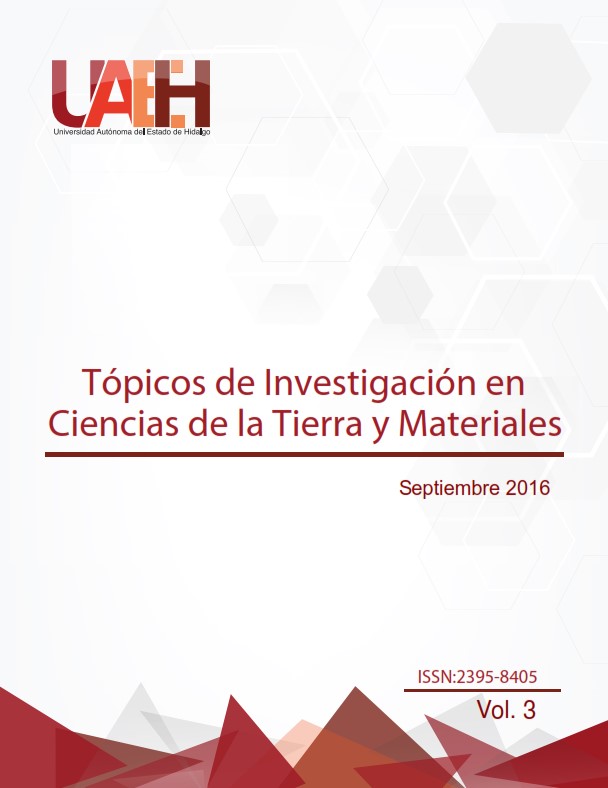Anodic dissolution and electrodeposition of iridium in acid medium, coming from electric arc furnace nozzles
Abstract
Iridium is considered a material of interest from the point of view of technological and industrial due to its physical, chemical and electrocatalytic properties [1-3]. Since natural sources for their production are limited and demand for iridium in the industry will continue to grow, it is necessary to recover from materials postconsumidos using more selective than traditional techniques (pyrometallurgical and hydrometallurgical) techniques. In this work the electrochemical techniques for the recovery of iridium in the form of metal complexes in the middle of chlorides and subsequent recovery in metallic form on glassy carbon electrodes (CV) stainless steel (304) and titanium (Ti) were studied for best arrangement. The results indicate that the HCl concentration of 2 M. generates speciation Ir (III and IV) applying a current density of 3.5x10-1 mAcm -2. Obtaining a concentration of 36.001 ppm Ir leaching in a process. Studies indicate that the electrodeposition substrate more tank Ir is stainless steel A304 with a mass of 1 mg applying a constant current -4.7x10-2 A for 7200 s. This results establish the conditions for more economical, selective and process friendly to the environment.
Downloads
References
[2] T. . Silva, A. . P. Simões, .G.S. Ferreira, . Walls, . a Cunha Belo (1998) “Electronic structure of iridium oxide films formed in neutral phosphate buffer solution” Journal of Electroanalytical Chemistry, 441; 5-12
[3] Ingrid Anne Lervik, Mikhail Tsypkin, Lars-Erik Owe, Svein Sunde (2010) “Electronic structure vs. electrocatalytic activity of iridium oxide” Journal of Electroanalytical Chemistry, 645; 135–142
[4] Michael, W.G. (2007). "Platinum-Group Metals." U.S. Geological Survey.
[5] Hunt L. B. (1969). "Availability of the Platinum Metals." Platinum Metals Rev, 4: 126-138
[6] Z. B. Bao, H. Murakami, Y. Yamabe-Mitarai (2011). “Effects of thermal exposure on Ir-based alloys with and without Pt coating” Corrosion Science, 53, 1224– 1229
[7] Stéphane Fierro, Agnieszka Kapałka, Olivier Frey, ilena Koudelka, Christos Comninellis, (2010). “ icroelectrode-array of IrO2 prepared by thermal treatment of pure Ir” Electrochemistry
Communications, 12, 587–591
[8] George M. W. (2008). “Platinum-group metals” U.S. Geological Survey ineral Commodity Summaries (USGS Mineral Resources Program).
[9] Sixto Sael Serrano López, Víctor Esteban Reyes-Cruz, Clara Hilda Rios-Reyes and María Aurora Veloz Rodríguez, (2014) “Thermodynamic study of Iridium in HCl: The effect of concentration” Advanced Materials Research. 976 doi:10.4028/www.scientific.net/AMR.976.179
[10] S.S. Serrano López, V. E. Reyes Cruz, M. A. Veloz Rodríguez, g. Urbano Reyes (2016) “Evaluación de la lixiviación de iridio por técnicas electroquímicas” emorias del XXXI congreso de
la Sociedad Mexicana de Electroquímica ISSN 2448-6191












